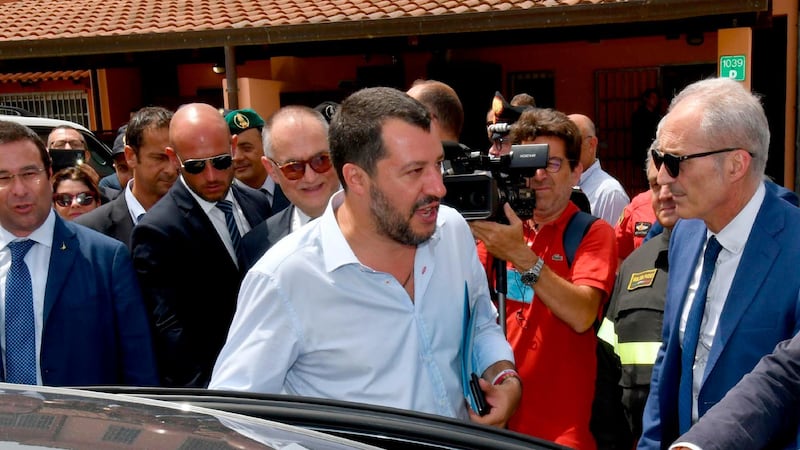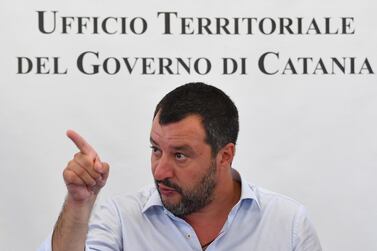Italy’s population will halve by the end of the 21st century if the current decline in birth rate and government policies towards immigration continues, according to Eurostat.
The European Union’s statistics body has forecast that the population of all 28 member states in the bloc will shrink by 20 million in the next 80 years.
The current population is more than 513m, following a steady increase of 8 per cent over 30 years.
The forecast, produced for World Population Day, show that the EU’s population will peak at 525m in 2044, and then progressively fall.
The drop in towards the end of this century is primarily a result of Italy, which has an ageing population and low birth rates. If current trends continue then the population, which stands at 60.4m will drop down to 44.6m.
Italy’s population will decline further to 30m if there is no influx of migrants from outside the eurozone, a desire of interior minister Matteo Salvini from the right-wing League party.
Mr Salvini has taken a hardline stance to migrants, banning NGO rescue ships from docking in Italian ports.
Italy rejected a record 24,800 asylum applications between October 2018 and January as well as stripping humanitarian protection for migrants not approved for refugee status, but who cannot be deported, under the so-called Salvini decree.








